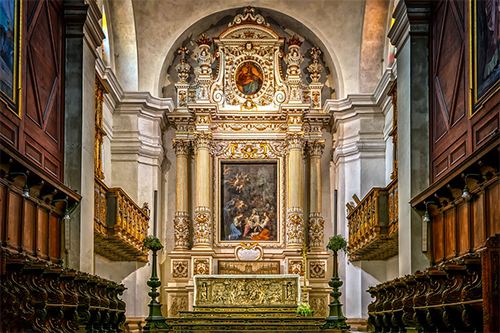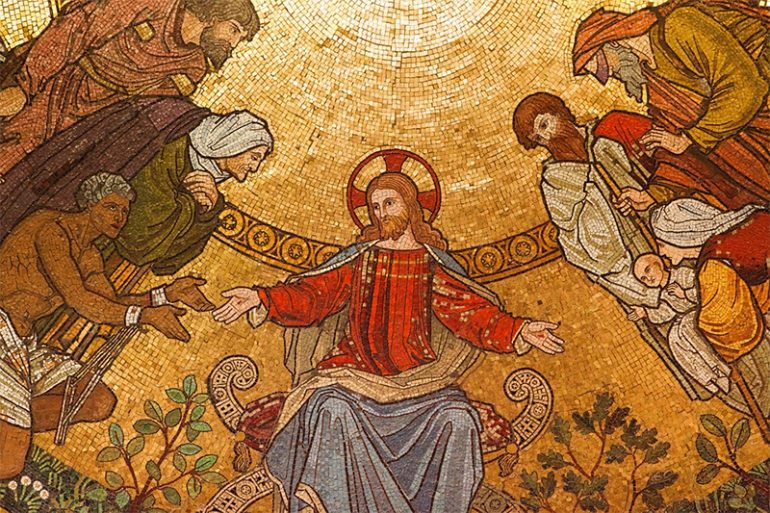Christian Art gives life to the images of Jesus, as well as the other characters from the story of his life. It also highlights images of the Virgin Mary and the saints, which are more prevalent in Roman Catholicism compared to Protestants. Linking the three major religions of Christianity, Islam, and Judaism, this holy form of art is widely-used in Christianity. On the other hand, it is opposed in religions of Islam and Judaism. In addition, Renaissance art is considered as the paintings, sculpture, and decorative arts of the Renaissance period in European history.
Christian Art and its history
Christian Art is one of the oldest forms of art that dates way back into the time when Christianity was established as a religion. In fact, some of the ancient paintings that are recovered are taken from the Megiddo site in the 70s, and the oldest sculpture dates way back in the second century.
In addition, Early Christian paintings were retrieved from the Catacombs of Rome, specifically in the tombs. The paintings display the evolution of the images of Jesus. Furthermore, most of the art that was revived from the fall of the Roman Empire is considered as Christian art. This is due to the fact that church ownership continuity focused on preserving religious works found in churches compared to secular works. Although the political infrastructure of the Western Roman Empire degenerates together with the downfall of Rome; its religious pecking order supported the creation of many religious artworks.
When the Byzantine Empire emerged; Christian art that is derived from the naturalism and created within Hellenistic art transforms into a more abstract form of aesthetic. This newly-introduced form focuses on color, balance, and realistic views to produce geometric shapes, regularized conventions, and reverse point of view to draw ecclesiastical individuals and depict narrative events. The normalization of the biblical images then became a huge controversy about the Byzantine Iconoclasm crisis and illustration of the Second Commandment.

Diving into the Byzantine art
The fall of Constantinople in the year 1453, marked the end of Byzantine Art. However, orthodox art survived, and it continued to produce a masterpiece with subtle changes compared to the subject and style used in the modern times. Russia was hailed as the capital of Orthodox art. The creation of monumental secular pieces improved in the Western part, especially during the Renaissance period until the Protestant Reformation. The reformation period resulted in the weak production of religious art in protestant countries. Much worse, such kinds of art were destroyed in those countries. On a lighter note, ecclesiastical artwork was embraced in all Catholic countries.
Christian Art is a sacred form of art that depicts beauty and grace. It will radiate such ambience, especially if the artwork is created genuinely from the heart. Other than that, Christian Art is also a great way to depict biblical scenes and images of significant individuals such as Jesus, Virgin Mary, and others that reflect love, hope, forgiveness, humanity, and sacrifice.
Photo Attribution:
1st and Featured image from https://pixabay.com/photos/antique-art-building-cambridge-21803/
2nd image from https://pixabay.com/photos/cathedral-altar-church-religion-3492842/
